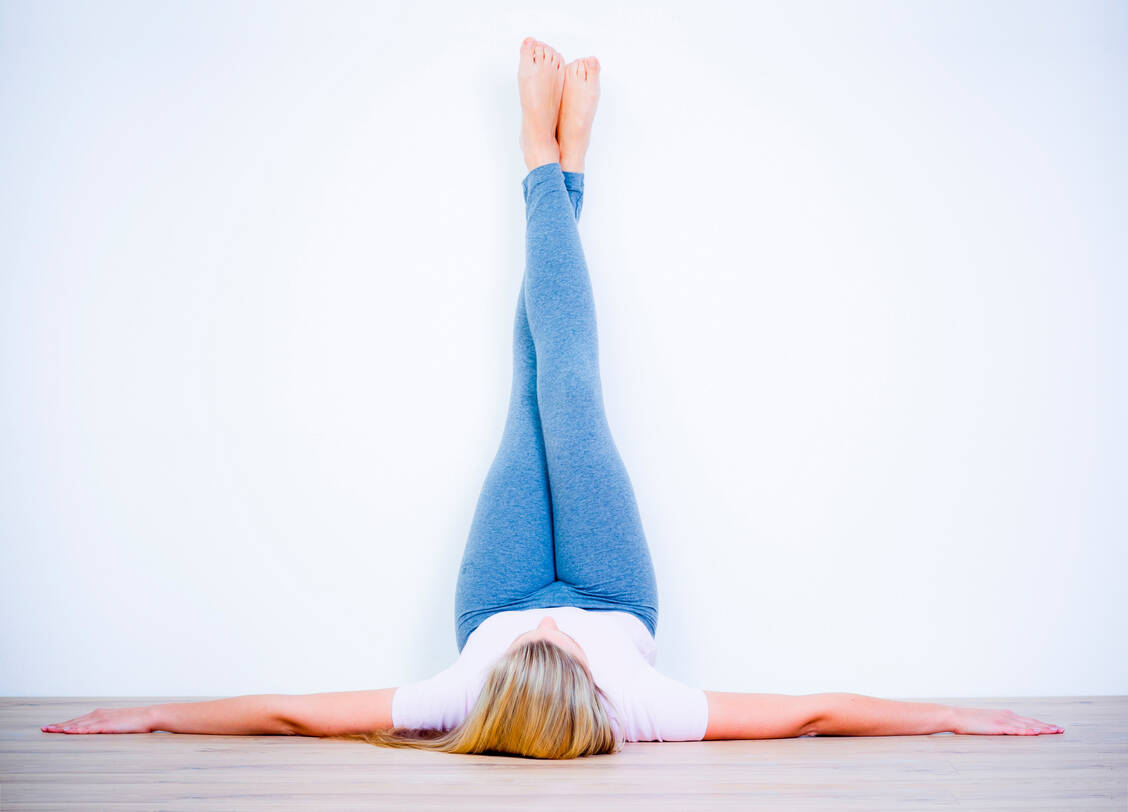In most cases, compression stockings are used to treat venous disorders in the legs. Chronic venous insufficiency (CVI) is a condition where the valves in the veins that normally keep blood from flowing back into the legs do not close properly. As a result, blood can pool in the legs and the walls of the veins become overloaded. Varicose veins or oedema are possible consequences. Compression stockings reduce the diameter of the affected veins by applying pressure from the outside, so that the venous valves close better again. Compression treatment may also be indicated for hypertrophic scars and keloids for a limited period of time.
Products of different lengths are available, such as knee-highs, thigh-highs or tights. Combinations of Bermuda trousers with thigh-highs or Capri trousers with knee-highs are also possible, and there are also compression items for the arms. When making a choice, you always have to weigh up between wearing comfort and the required compression effect. The general rule is: as short as possible, as long as necessary.







